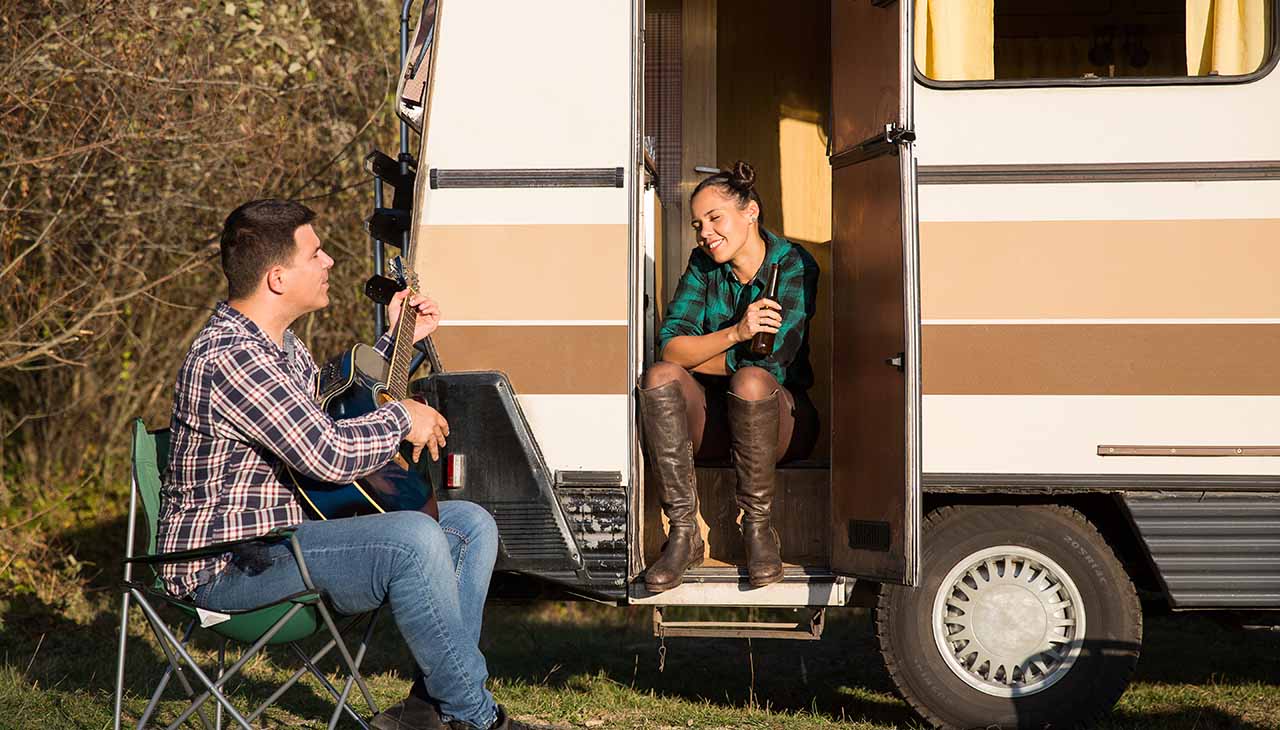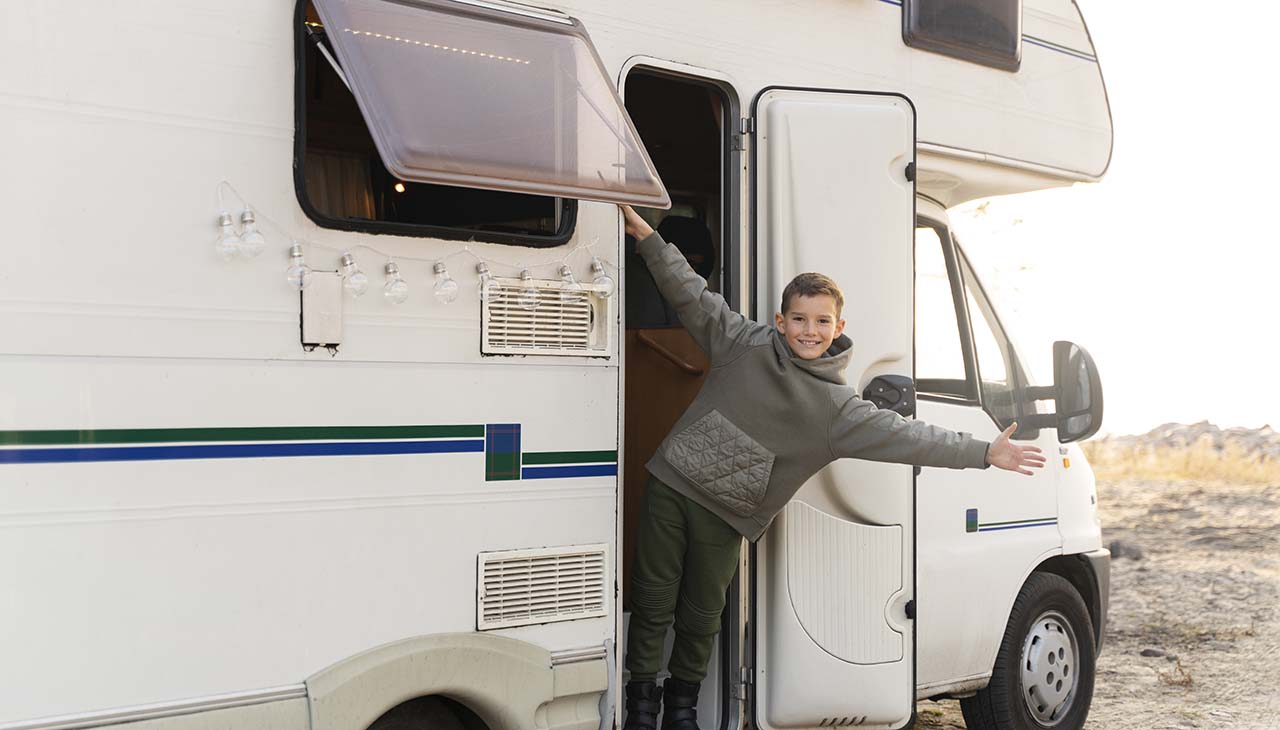As the cold weather approaches, it’s essential for motorhome enthusiasts and DIYers to ensure their diesel motorhomes are ready to face the harsh winter conditions. Winterizing your motorhome not only extends its lifespan but also ensures a safe and comfortable travel experience during the cold months. This comprehensive guide walks you through the steps needed to winterize your diesel motorhome, from the basics to detailed interior and exterior preparations, ensuring you are ready for winter adventures.
Preparing the Basics
Before diving into the winterization process, gather all necessary items and tools. Here’s a checklist to help you get started:
- RV Antifreeze (non-toxic)
- Air compressor or hand pump
- Wrenches and screwdrivers
- Fuel stabilizer
- Battery maintainer or trickle charger
- Tire covers
- Insulating materials (foam, weather stripping)
- Dehumidifier or moisture absorbers
- Plumbing antifreeze kit
- Emergency kit (blankets, first aid, road flares, etc.)
Having these items on hand will make the process smoother and ensure you don’t miss any crucial steps.
Exterior Winterization
Engine Care
- Fuel Stabilization: Add a fuel stabilizer to your diesel tank and run the engine for a few minutes to circulate it through the system. This prevents the fuel from gelling or degrading during long periods of non-use.
- Oil and Filters: Change the oil and replace oil, fuel, and air filters. This keeps your engine in optimal condition and prevents contaminants from causing damage.
- Coolant System: Ensure your coolant system has the appropriate antifreeze mixture. Check the owner’s manual for the correct ratio and top up if necessary.
Tires and Batteries
- Tire Maintenance: Inflate your tires to the recommended pressure and consider using tire covers to protect them from the elements. If storing the motorhome for an extended period, consider using tire jacks to take the weight off the tires.
- Battery Storage: Disconnect and remove the batteries if possible. Store them in a cool, dry place and use a battery maintainer or trickle charger to keep them charged. If you cannot remove them, ensure they are fully charged and disconnect any non-essential electronics to prevent drainage.
Sealing and Insulation
- Seal Cracks and Gaps: Inspect the exterior for any cracks or gaps and seal them with weather stripping or silicone caulk. This prevents cold air and moisture from entering your motorhome.
- Insulate Windows and Doors: Apply insulating foam or weather stripping around windows and doors to reduce heat loss and prevent drafts.
Interior Winterization
Plumbing and Water Systems
- Drain Water System: Drain all water from the plumbing system, including the water heater, fresh water tank, gray and black water tanks. Open all faucets and low-point drains to ensure all water is expelled.
- Antifreeze: Use an RV antifreeze kit to pump non-toxic antifreeze through the plumbing system. Start by pouring antifreeze into the fresh water tank and then turn on the water pump. Open each faucet (hot and cold) until antifreeze flows through, including the shower and toilet.
Heating and Ventilation
- Furnace Check: Test your furnace to ensure it’s working correctly. Clean the vents and replace any filters.
- Space Heaters: Consider using space heaters to supplement your heating system, especially in extremely cold areas. Always follow safety guidelines and never leave heaters unattended.
- Dehumidifiers: Place dehumidifiers or moisture absorbers in various areas of the motorhome to prevent condensation and mold growth.
Storage and Safety
- Food and Supplies: Remove all perishable food items from the motorhome. Store dry goods in airtight containers to keep them fresh and pest-free.
- Emergency Kit: Prepare an emergency kit with blankets, a first aid kit, road flares, and other essentials. Make sure it’s easily accessible.
Health and Safety Tips for Winter Travel
Winter travel requires extra precautions to ensure safety and comfort. Here are some tips to keep in mind:
- Weather Monitoring: Always check weather forecasts before setting out and adjust your plans accordingly. Avoid traveling during severe weather conditions.
- Road Conditions: Be aware of road conditions and plan your route to avoid hazardous areas. Use chains or snow tires if necessary.
- Hydration and Nutrition: Stay well-hydrated and keep nutritious snacks on hand. Cold weather can increase your body’s energy needs.
- Layering Clothes: Dress in layers to maintain warmth and adjust to changing temperatures inside and outside the motorhome.
- Ventilation: Ensure proper ventilation to prevent carbon monoxide buildup from heating systems. Install a carbon monoxide detector and check it regularly.
Conclusion
Winterizing your diesel motorhome is an essential task that ensures your vehicle remains in good condition and ready for winter travels. By following this step-by-step guide, you’ll protect your investment and enjoy peace of mind as you embark on cold-weather adventures. Remember, preparation is key, and taking the time to winterize your motorhome properly will make all the difference.
Ready to hit the road with confidence? Start your winterization process today and embrace the beauty of winter travel in your well-prepared diesel motorhome!

